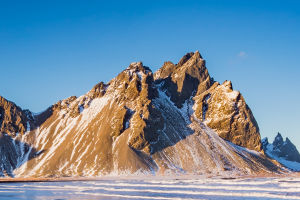Knowledge Of Hot Air Balloon
Hot air balloons offer a unique experience of flying high above the ground and taking in stunning views of the surrounding scenery. However, there is more to hot air balloons than meets the eye. In this article, we will delve into the relevant knowledge of hot air balloons.
Hot air balloons are lighter-than-air aircraft consisting of a gondola suspended below a large balloon-shaped envelope. The envelope contains heated air, which is less dense than the cooler air outside, creating buoyancy that lifts the balloon and its passengers off the ground.
The gondola typically carries passengers and a heat source, which is usually an open flame.
The Montgolfier brothers, French paper manufacturers, discovered the principle of rising hot air while burning scraps of paper. They applied this principle to invent the hot air balloon. In 1783, the first manned hot air balloon flight took place in Paris, 120 years before the Wright brothers' historic flight.
Hot air balloons are not controlled in the traditional sense; they move with the wind.
However, since the wind direction and speed vary at different altitudes, a pilot can control the balloon's direction by choosing the appropriate altitude to catch a different wind layer. The pilot can also adjust the flight height of the balloon by controlling the size of the ignition flame.
Hot air balloons are relatively safe aircraft. The International Aeronautical Federation once listed hot air balloons as the safest aircraft, and the safety factor of hot air balloons is quite high.
There are about 20,000 hot air balloons worldwide, and in developed countries such as Europe and the United States, hot air ballooning is a popular sport with competitions and activities held almost every day.
As hot air balloon sports continue to develop, scientific and technological elements are being added to hot air balloon equipment and pilot training. This has led to significant advancements in the safety and performance of hot air balloons.
Hot air balloon rides offer an unforgettable experience of slowly rising into the sky and taking in breathtaking views of the surrounding landscape. Balloons can fly over prairies, cities, forests, mountains, and deserts, providing different landscapes and experiences in different seasons and times.
However, there are potential dangers associated with hot air ballooning. Weather conditions such as strong winds and heavy rain can affect the flight of the balloon, making it unstable and causing accidental injury.
It is important to choose an experienced and reputable hot air balloon company that follows safety regulations and precautions. This will ensure that your hot air balloon ride is not only enjoyable but also safe.
Apart from being used as a tourist and experience activity, hot air balloons have other uses. For example, they are used in scientific and meteorological research to observe and study atmospheric composition, climate, and weather.
In emergency rescue and disaster response situations, hot air balloons can be used for aerial surveillance, rescue, and transportation.
In conclusion, hot air balloons offer an exciting and unique way to experience the beauty of the world from a new perspective. While there are potential risks associated with hot air ballooning, choosing a reputable and experienced company can ensure a safe and unforgettable experience.
With advancements in technology and pilot training, hot air balloons will continue to play an important role in scientific research and emergency response.


